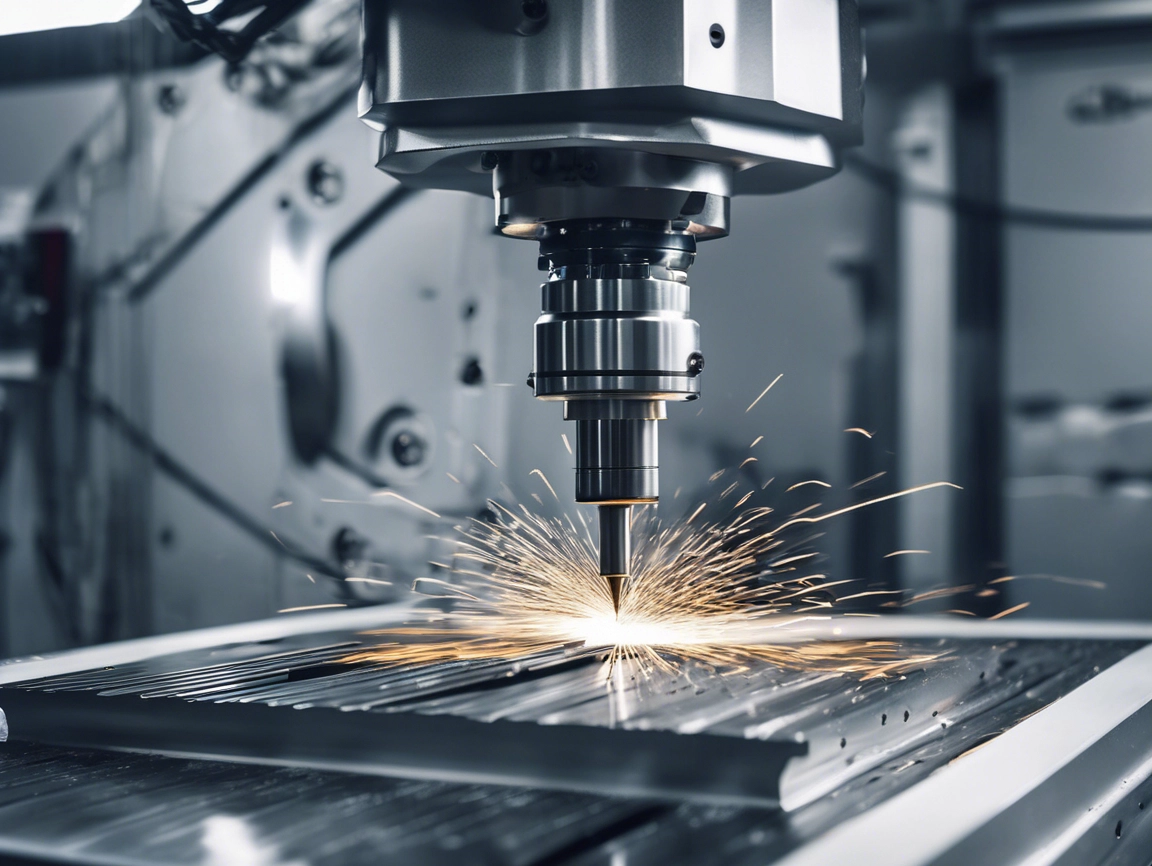
Focus on CNC precision parts processing

Focus on CNC precision parts processing

5 axis CNC machining represents a significant leap in manufacturing capabilities. Unlike traditional machines, 5 axis CNC can move a tool or part in five different directions simultaneously—bringing enhanced precision, efficiency, and versatility to the table. In this blog, we’ll break down exactly what 5 axis CNC machining is, how it works, and why it’s transforming modern manufacturing.
5 axis CNC machining is a computer-controlled manufacturing process where the cutting tool or workpiece can move across five axes: X, Y, Z (the linear axes), and A, B (the rotational axes). This allows for complex geometries and seamless contouring that would be nearly impossible—or highly inefficient—to achieve with 3 or 4 axis machines.
Types of 5 Axis CNC Machines:
Imagine sculpting a piece of metal. With 5 axis machining, the tool can approach the workpiece from virtually any direction without needing to stop and reposition. This is made possible by advanced CAD/CAM software and high-speed controllers, which calculate complex tool paths in real time.
Enhanced Precision
Fewer setups mean fewer chances for error. Machining all sides of a part in one go results in better dimensional accuracy.
Complex Geometry
Easily machine intricate components—undercuts, deep cavities, compound angles—that are impossible with fewer axes.
Superior Surface Finish
By optimizing the tool angle, 5 axis machines reduce vibration and improve surface quality, reducing the need for secondary operations.
Faster Production Time
Multi-face machining in one setup shortens lead time and boosts productivity.
Tool Life Optimization
Improved access and ideal cutting angles mean less wear and longer tool life.
5 axis CNC is widely used across industries where complex, high-precision parts are required:
If you need to machine complex parts with tight tolerances and high surface quality—especially in industries like aerospace or medical—5 axis machining could significantly improve your process. While it requires a higher upfront investment and skilled operators, the long-term payoff in capability and efficiency is often worth it.
5 axis CNC machining isn’t just a buzzword—it’s a powerful advancement that unlocks new levels of manufacturing precision and productivity. Whether you’re prototyping or running full production, it gives you the freedom to push design boundaries while maintaining tight tolerances and excellent finish.